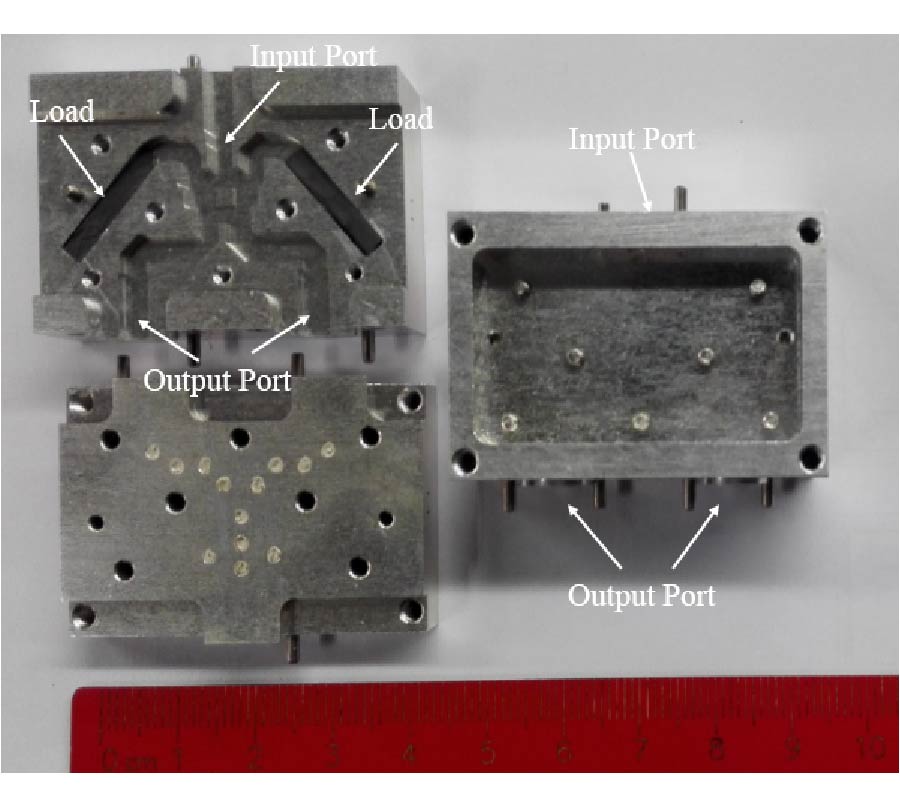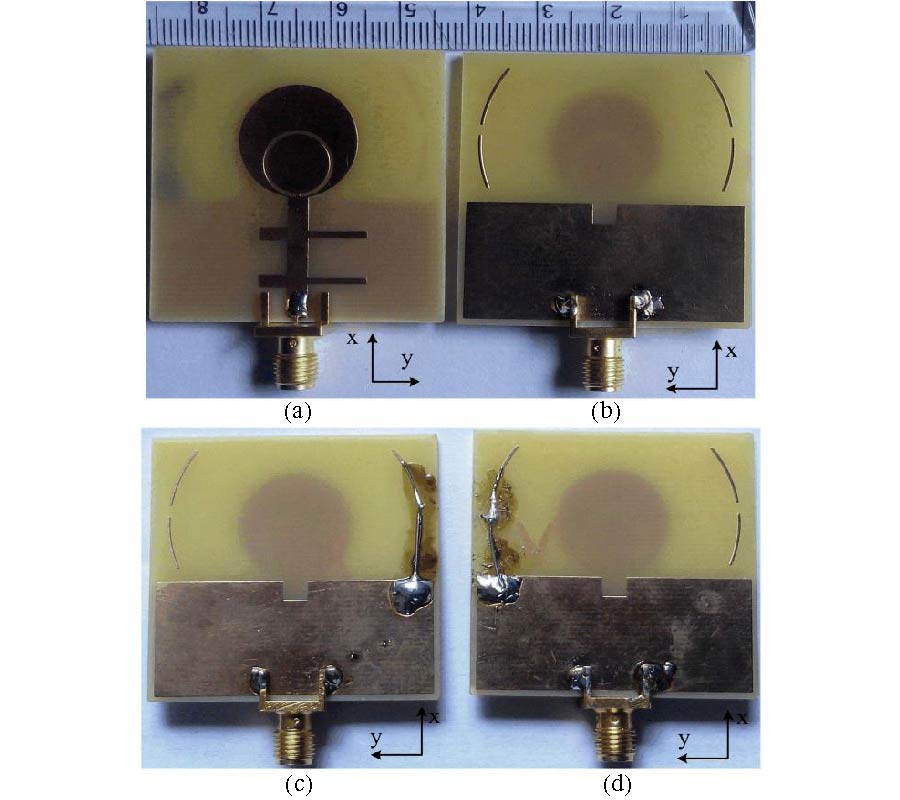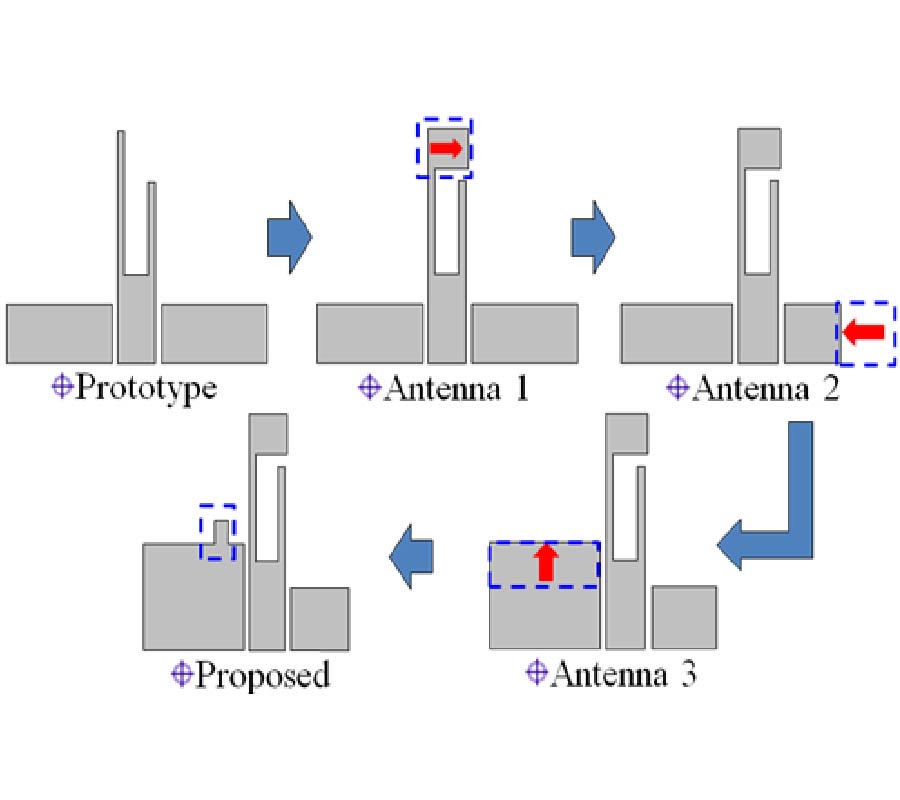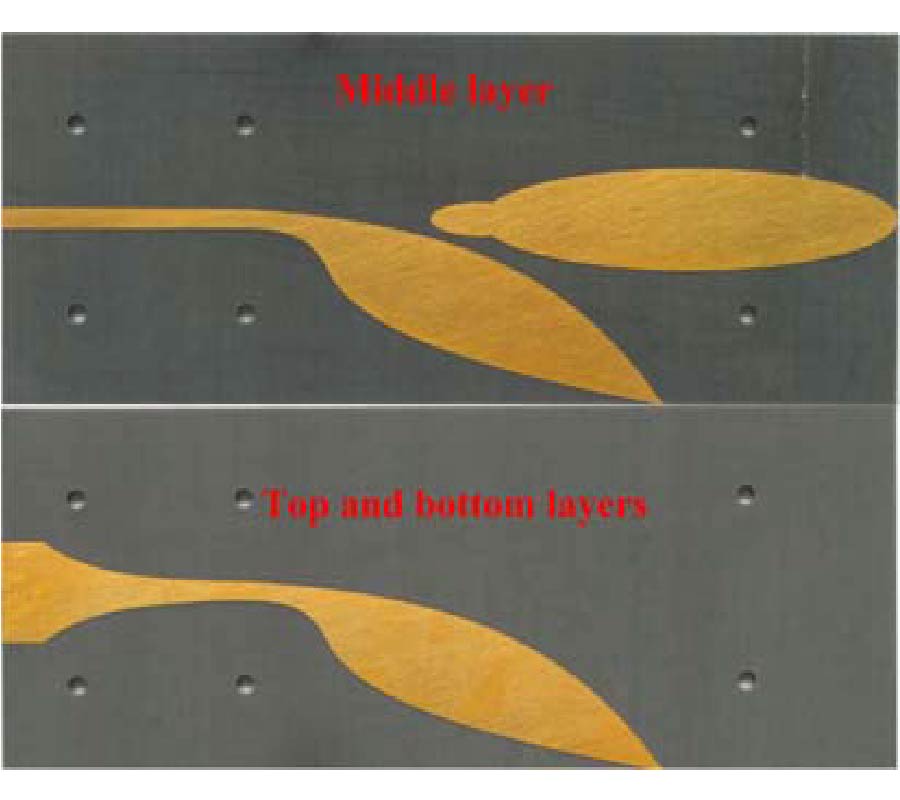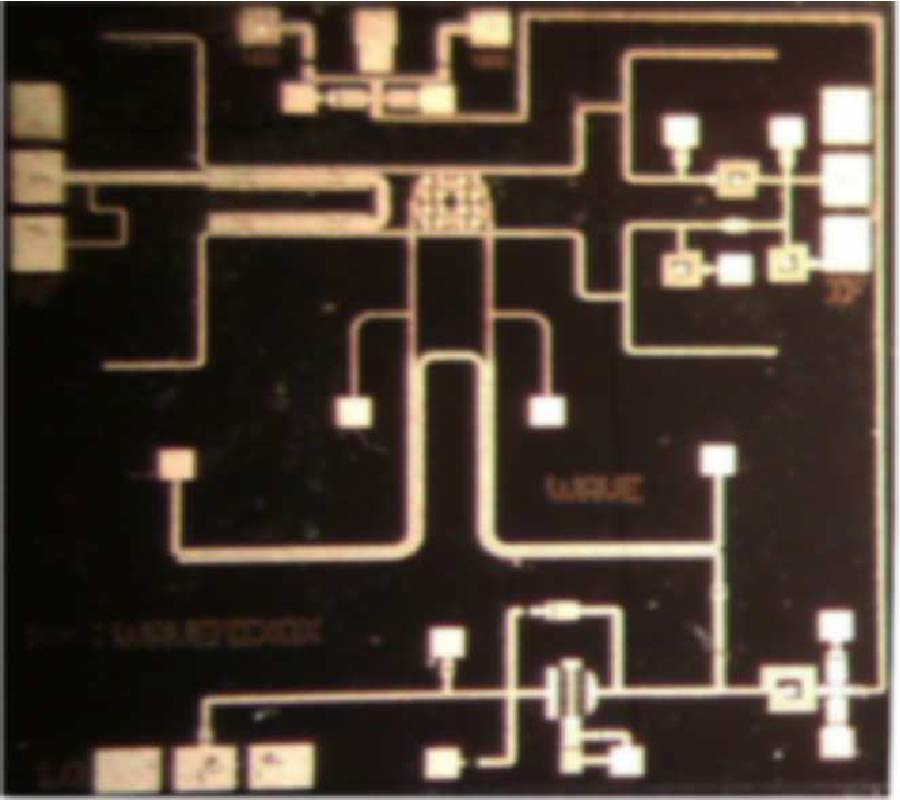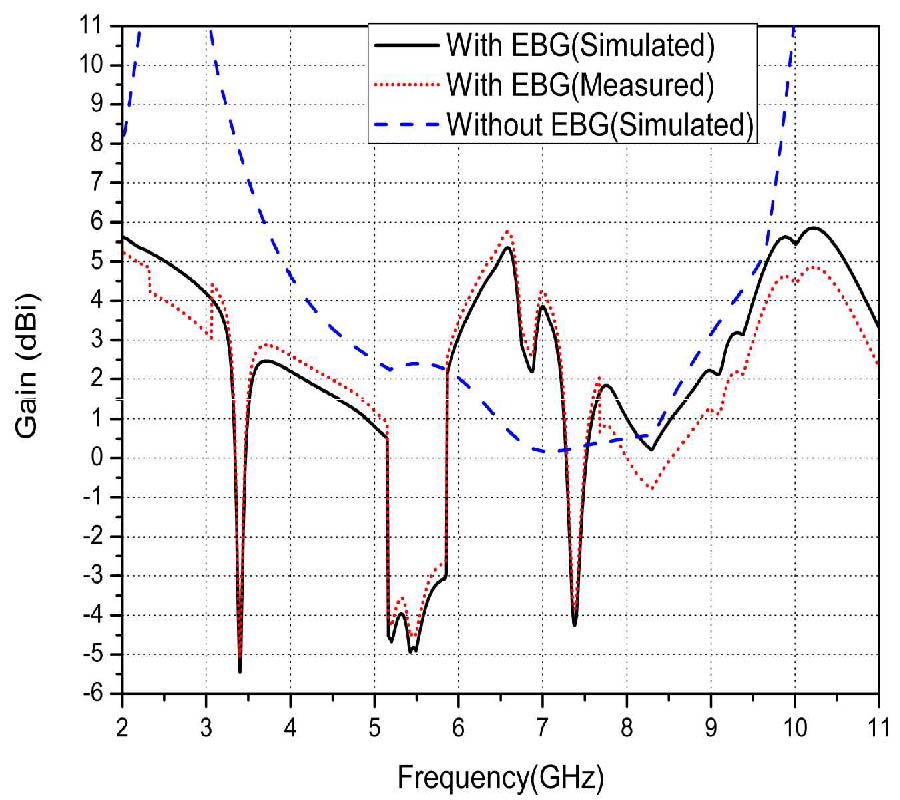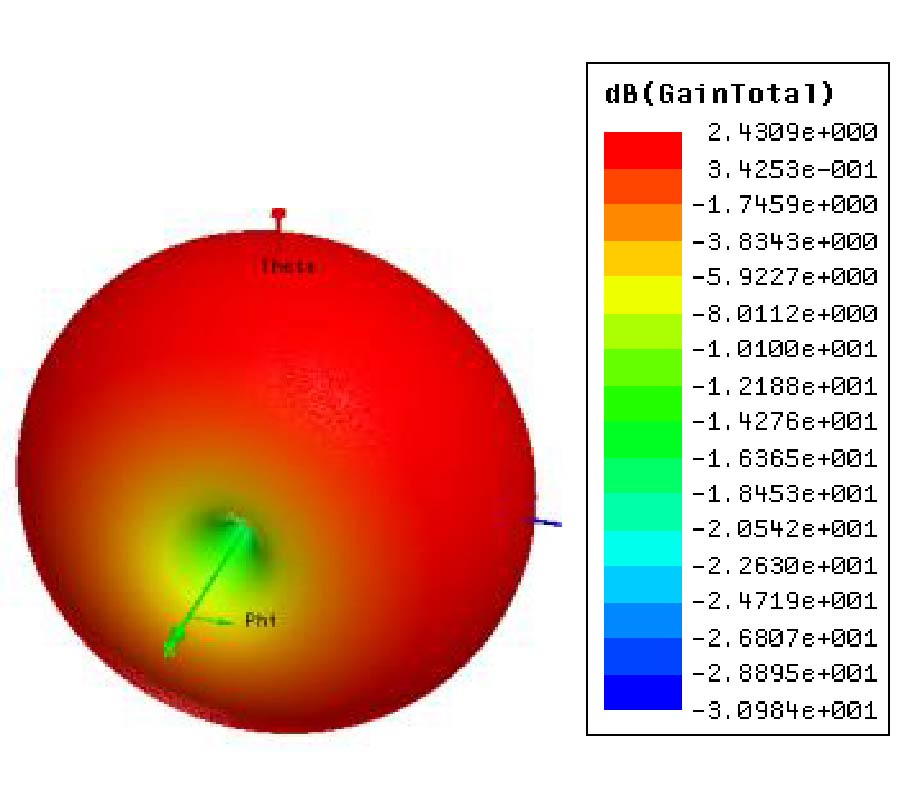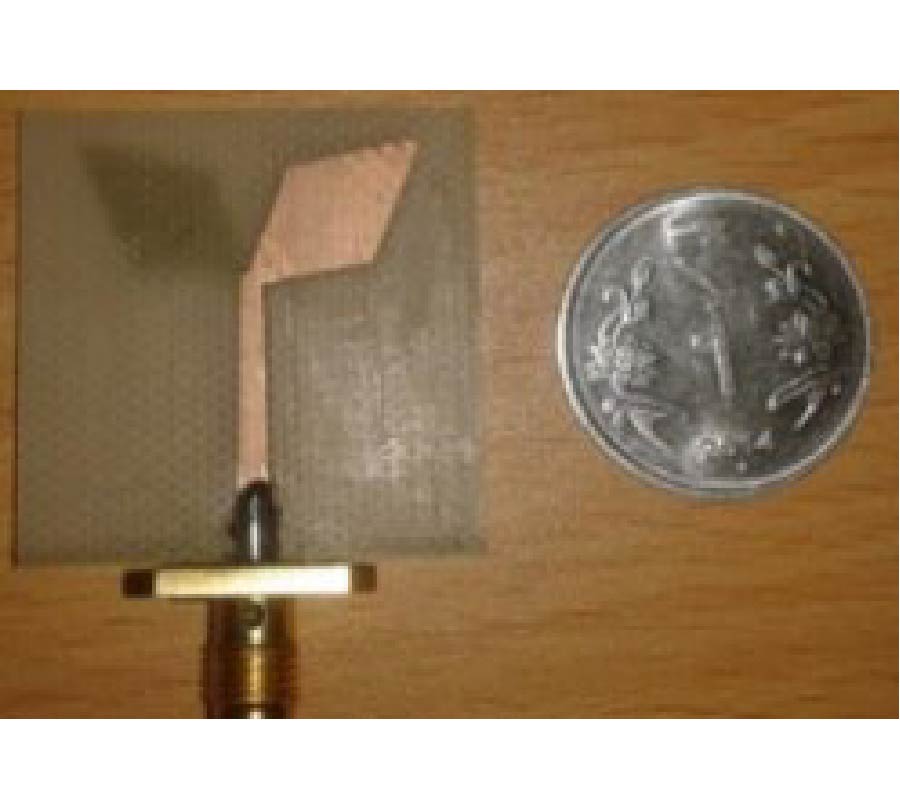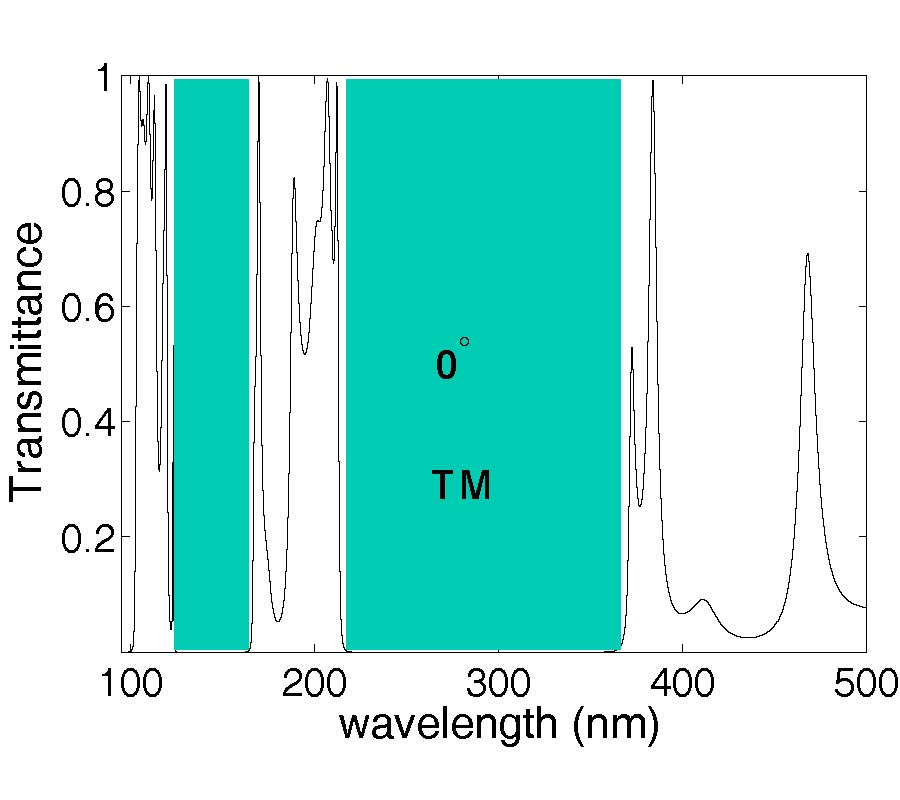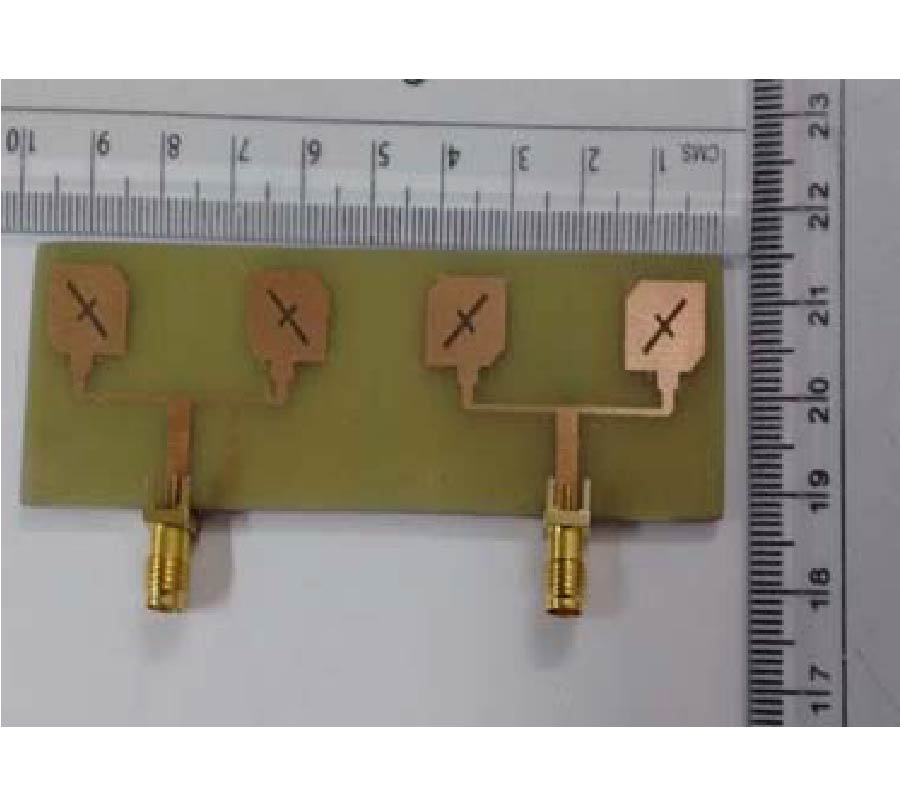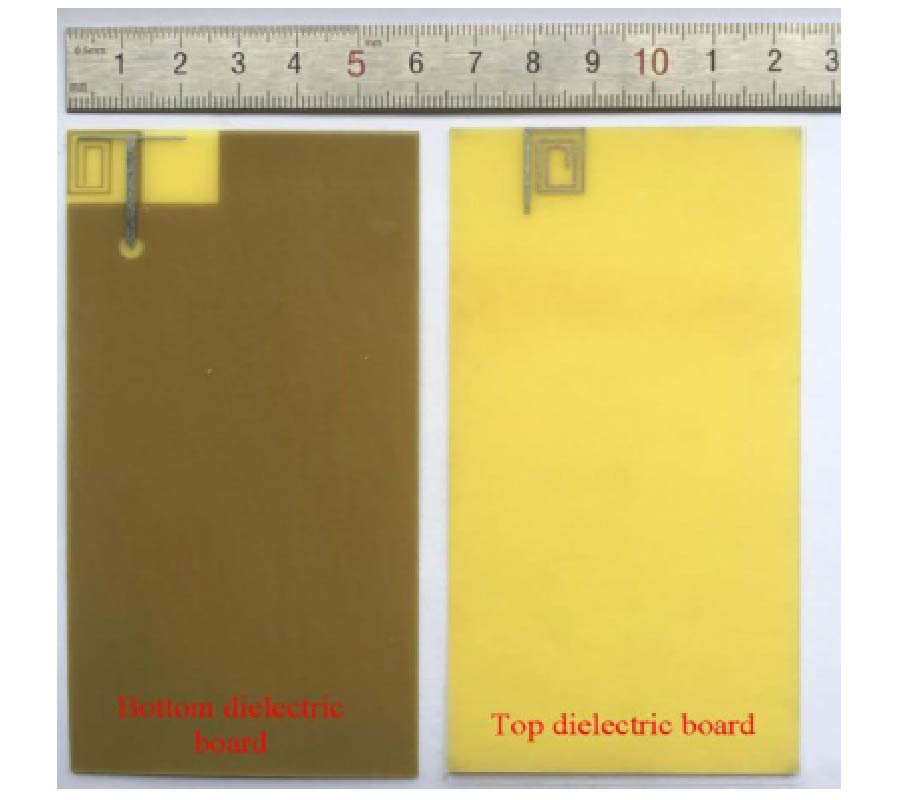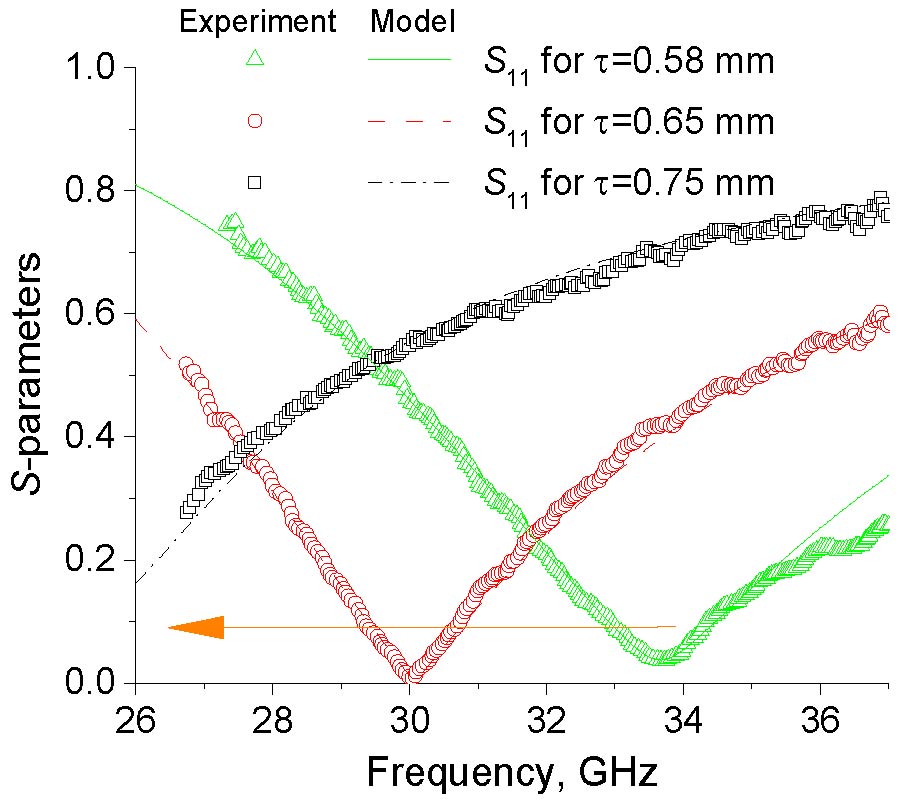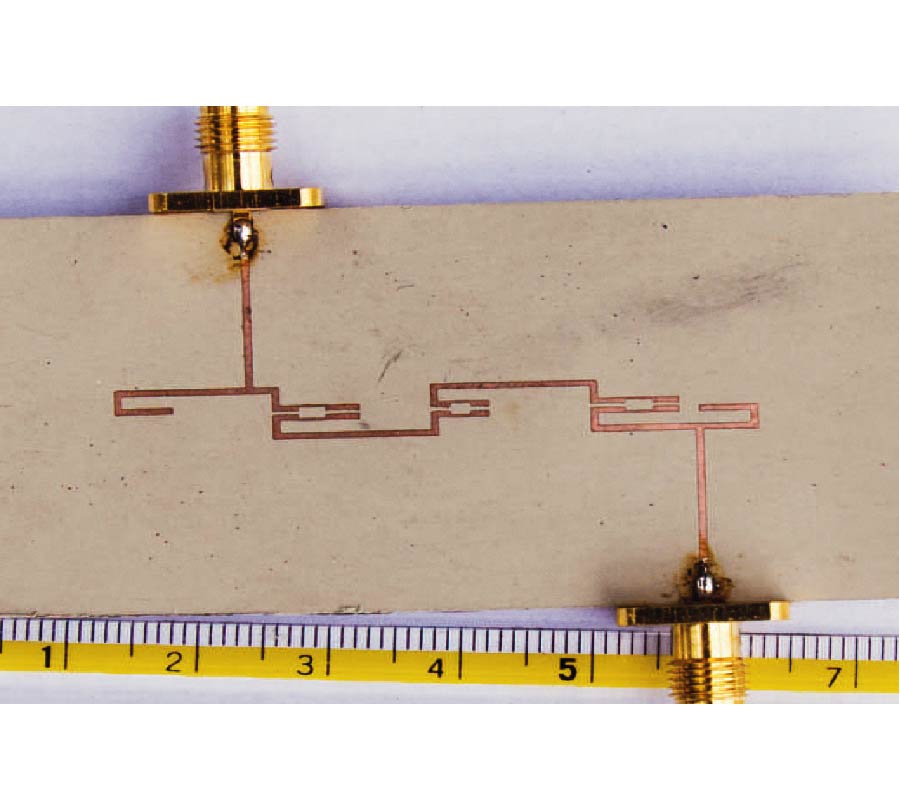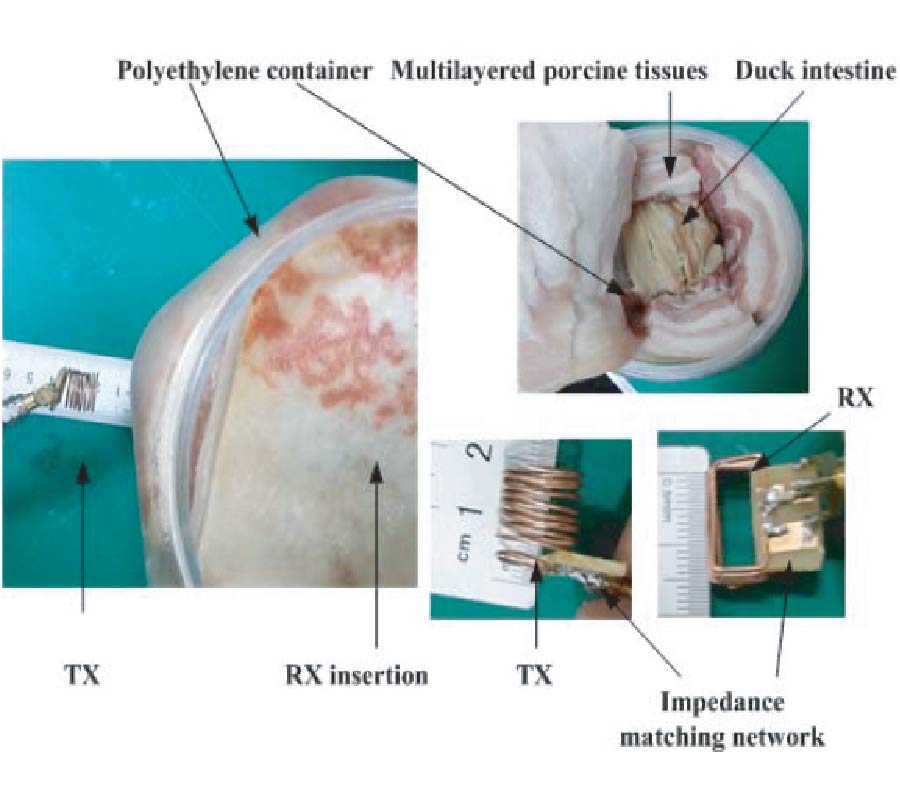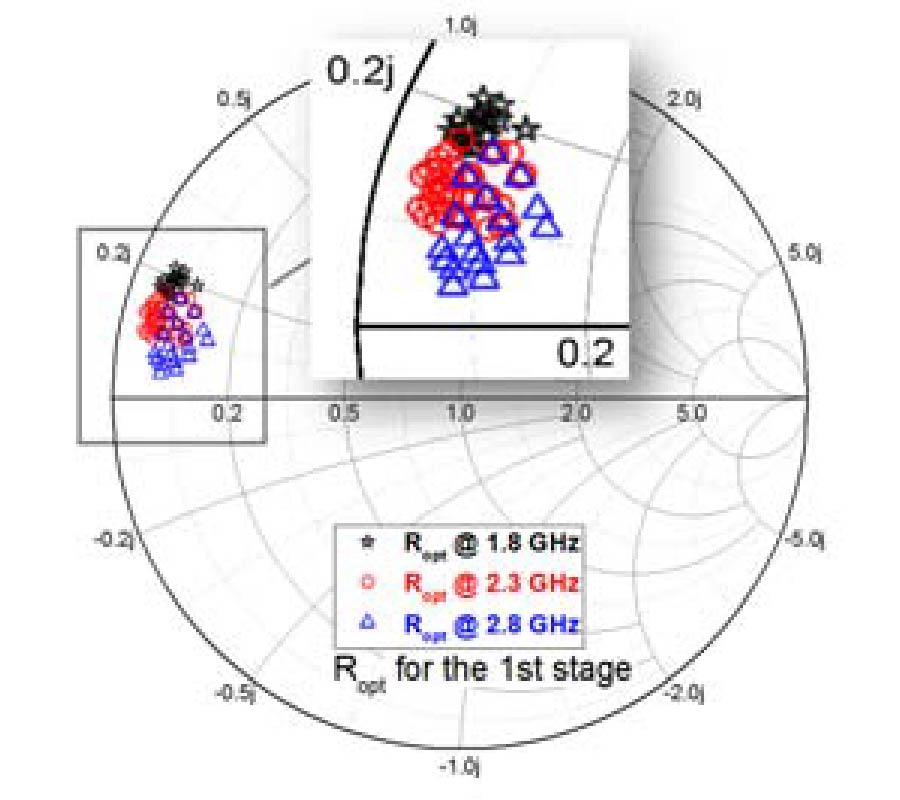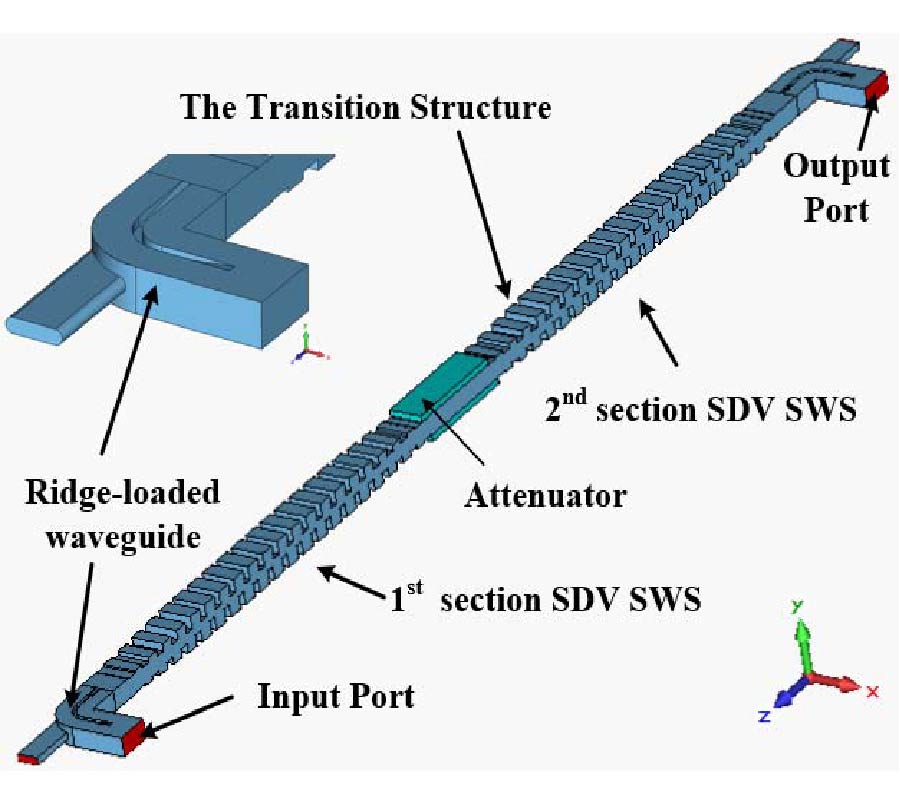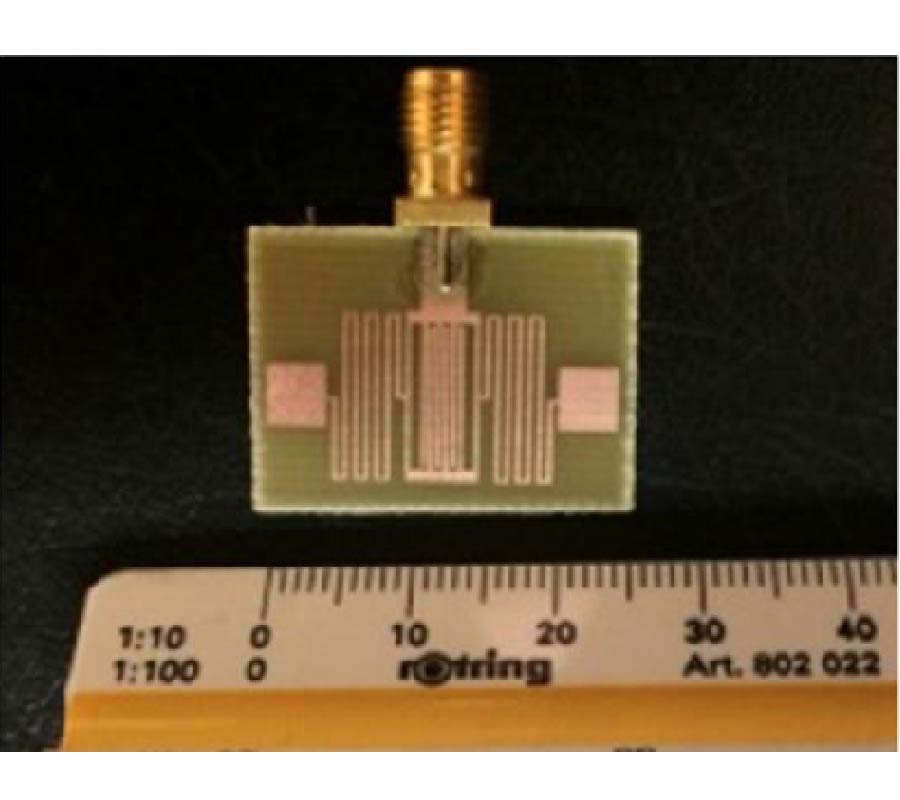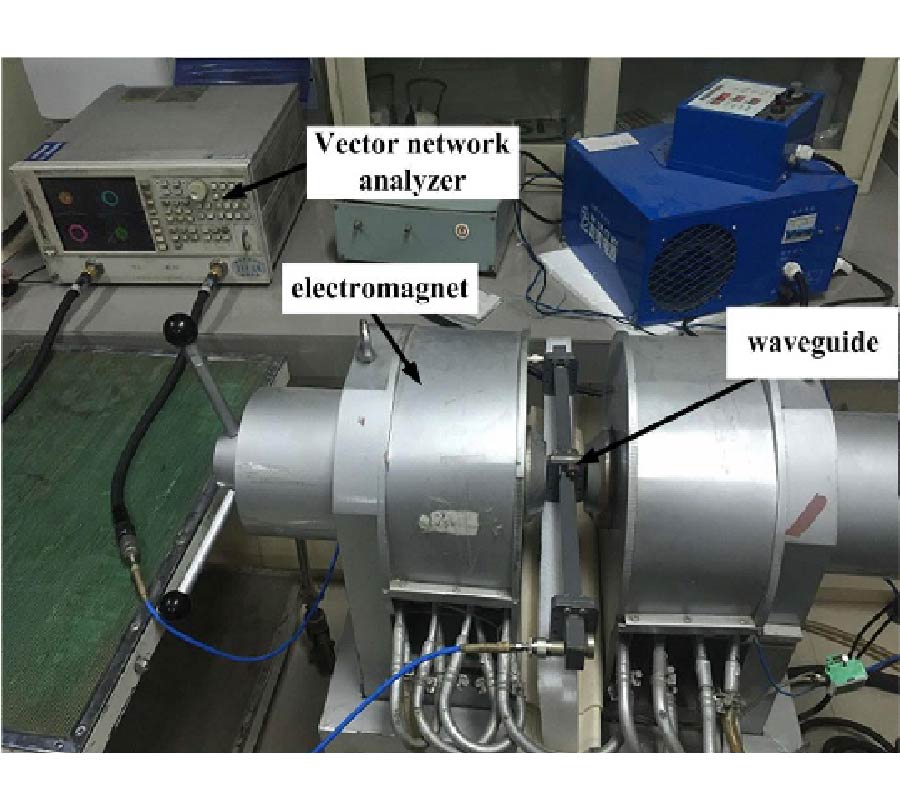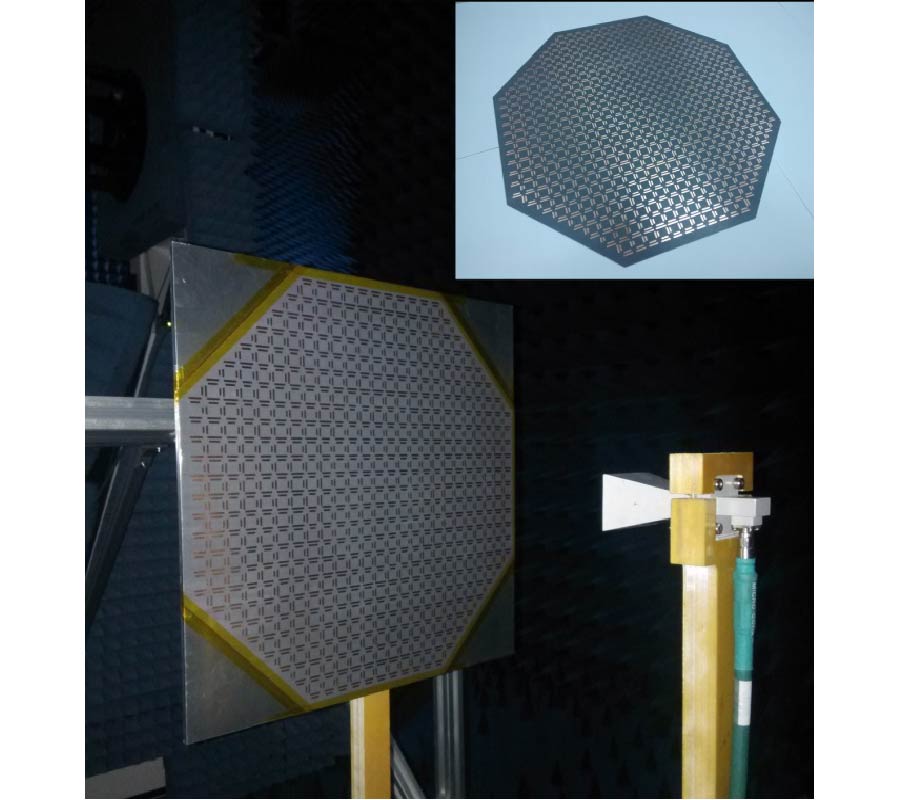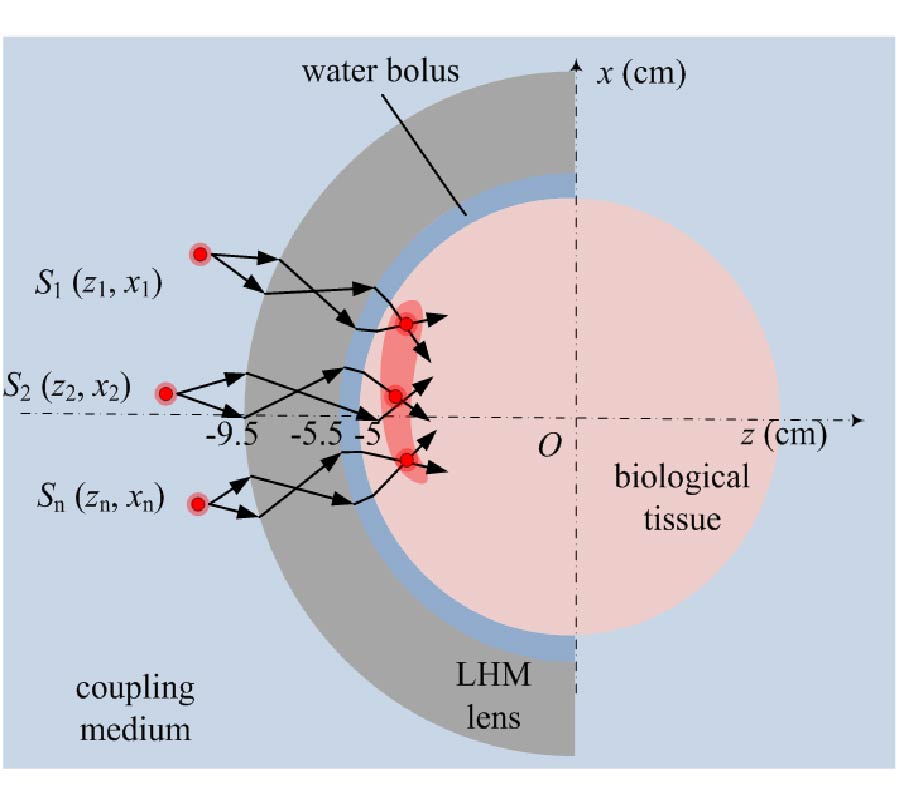Exploring Carbon Nanotubes/BaTiO3/Fe3O4 Nanocomposites as Microwave Absorbers
Dzmitry Bychanok,
Gleb Gorokhov,
Darya Meisak,
Artyom Plyushch,
Polina Kuzhir,
Alexey Sokal,
Konstantin Lapko,
Angela Sanchez-Sanchez,
Vanessa Fierro,
Alain Celzard,
Cameron Gallagher,
Alastair P. Hibbins,
Feodor Y. Ogrin and
Christian Brosseau
We report the modelling and characterization of microwave absorbing materials specially designed for 26-37 GHz frequency range (Ka-band). Composite materials based on carbon nanotubes/BaTiO3/Fe3O4 in a phosphate ceramic matrix were produced, and their electromagnetic response was investigated. Both theoretical and experimental results demonstrate that this material can absorb up to 100% of the power of an incident plane wave at a normal incidence angle. The physics underlying such absorption level is discussed in terms of refractive index of the material.
